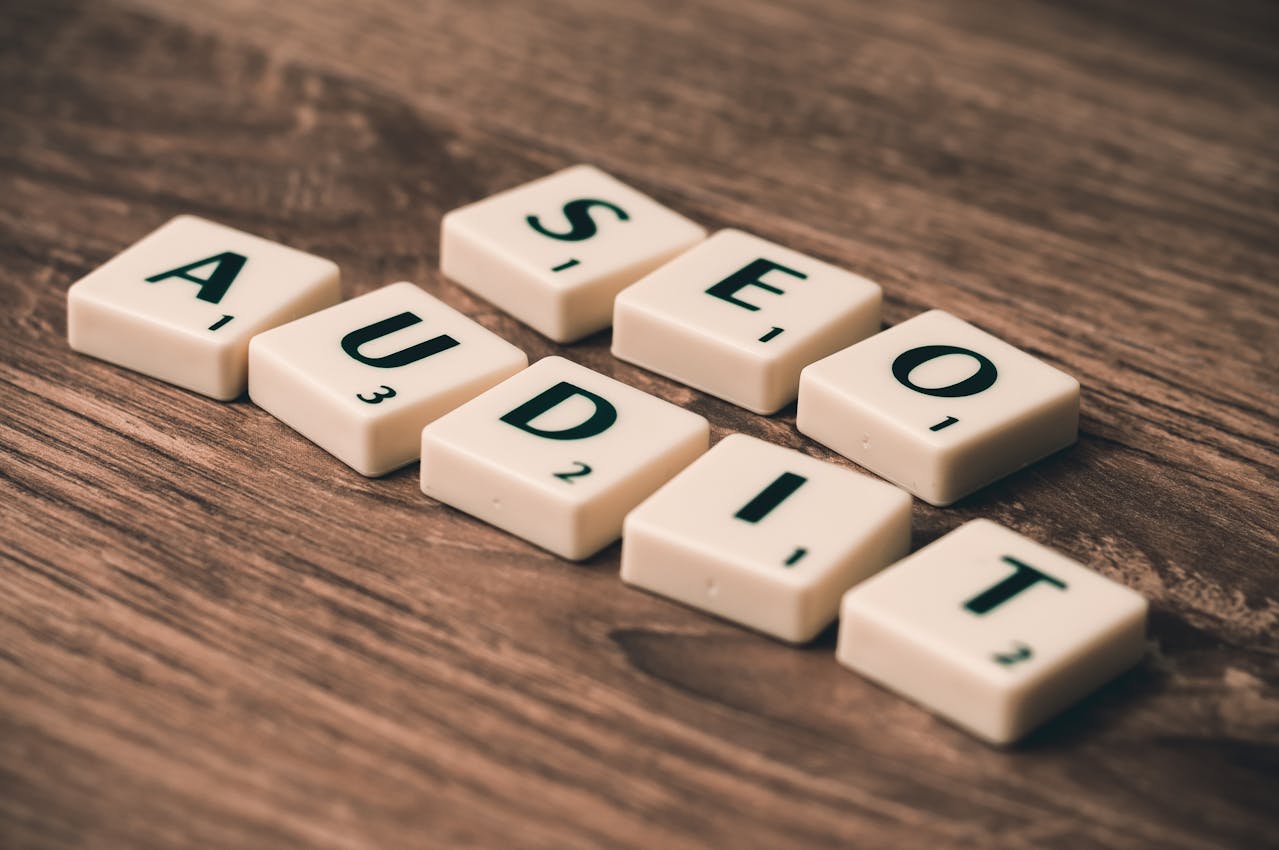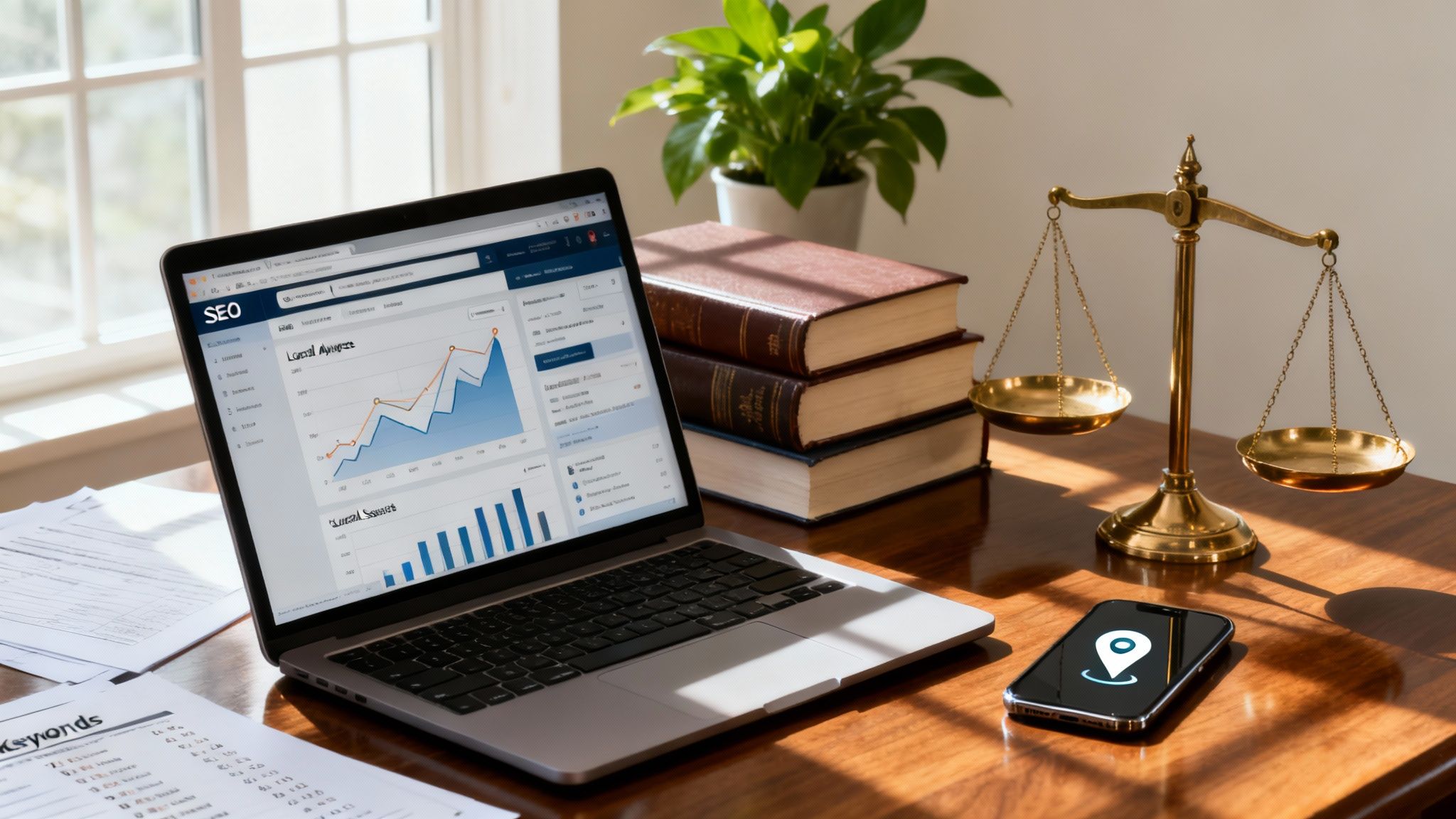How your website looks can say a lot about your business. People make snap decisions based on what they see online, and if your site feels old, they notice. Styles change over time, and what worked a few years ago may now feel awkward or confusing. Strong first impressions matter.
If your site feels clunky or tired, visitors may question how active your business really is. This matters even more in a strong digital marketing landscape like the Gold Coast, where first impressions often decide whether someone stays or bounces. Fresh, clean design helps people connect faster. Website design in Broadbeach should feel local, sharp, and easy to use. If your site is still operating the way it did ten years ago, it may be time to rethink how it supports your digital marketing and how well it represents your business today.
Your Site Still Looks Like It’s from 2015
Designs from a decade ago often followed different trends—header banners were bigger, scrolling felt slower, and some colour combinations that were popular then now feel off. Fonts can be another giveaway. A typeface that once looked professional might now feel dated or overused.
Low-quality photos or clip-art-style graphics can make it worse. Images are meant to build trust quickly, and if they don’t reflect where your business is at now, they could send mixed signals. That applies to branding too. If your logo, colours, or messaging have changed, your site should match.
Even your page layout can speak volumes. Messy columns, crowded footers, or outdated photo galleries can make it hard to follow the content. Clean space and simple structure go a long way. A dated design doesn’t just look tired—it works against you every time someone visits.
Titan Blue Australia updates website design in Broadbeach with new photos, modern colour schemes, and structure tailored to current branding.
It Doesn’t Work Well on Mobile Devices
Mobile users don’t wait. On the Gold Coast, people are often checking their phones while out walking, shopping, or heading to the beach. If your website takes too long to load or the layout breaks on a smaller screen, they’ll likely give up and move on.
Some old sites were never designed for touchscreens. Buttons might be too small for thumbs. Menus might slide off the edge of the screen. Text might be forced into tiny columns that are hard to read. These little issues can quickly add up to a poor experience.
A fast, well-fitted mobile view is no longer a bonus, it’s expected. Your site should adjust smoothly across phones and tablets—no pinching, no waiting, and no guessing. People should be able to scroll and tap without frustration. If mobile users are always zooming in or hunting for what they need, your site is overdue for a change.
Titan Blue Australia builds fully responsive sites for Broadbeach businesses, tested for fast mobile loading and easy navigation on any device.
Navigation is Confusing or Outdated
Visitors want to find things fast. Complicated or broken menus can mess that up right away. If someone arrives at your homepage and can’t figure out where to go next, that’s a quick way to lose them.
Older designs often stack menus with too many options, hide them behind strange icons, or repeat links. It gets frustrating fast. Even worse if they click and end up on a broken link or an outdated page. That leaves people wondering if the business is still running.
The way your pages are grouped makes a huge difference too. If key info like services, prices, or contact details are buried deep inside the site, visitors may never even see them. Clear, logical flow makes a site feel more current and much easier to use. Messy layouts not only confuse readers—they quietly tell them you’re not paying attention.
Titan Blue Australia helps Broadbeach clients by planning menus that highlight key info and retiring unused pages or broken links.
It’s Missing Modern Features
Web users now expect simple tools that improve their experience. If a visitor wants to get in touch but finds a clunky old form that barely works, they’re probably not sticking around.
It’s the same with extras like social links, maps, or event calendars. Not having them can make your site feel out of touch. A basic contact page with just an address and number might not cut it anymore, especially for people viewing from their phones or coming from platforms like Instagram or X.
Newer file formats, like cleaner image types or video backgrounds, can help your pages load faster and look sharper. Without these upgrades, your website might feel heavier or glitchier. A few well-placed updates can lift the entire feel of the site and keep it aligned with what people expect in 2025.
Titan Blue Australia integrates Google Map embeds, updated forms, and social links as part of every website design in Broadbeach.
You Haven’t Updated Content in a While
Fresh content shows people you’re still active. If your last update was two years ago, or you’re still promoting an old Christmas event, visitors could start to question how much care you put into the rest of your business.
Old blogs, broken links, seasonal deals from last year, or pages that mention now-closed locations—all of these take the shine off a site. When the content doesn’t line up with what users want right now, they’ll turn away without really exploring.
Simple things like regular updates or rotating images based on the season can help. Even small tweaks, done often, keep your website feeling alive. If a user lands on your site this summer and sees a winter promo with no end date, that’s not a small slip—it’s a sign that things might be behind the times.
Titan Blue Australia delivers ongoing content updates, new promotions, and seasonal tweaks for clients’ Broadbeach sites, so every part looks fresh and active.
Time to Catch Up and Make Your Site Work for You
A refreshed site isn’t just a new look, it’s a better way to connect with the people you serve. When your design, layout, and content feel current, it helps build trust. All the small decisions—from text sizes to mobile loads—are part of how you show your business is still paying attention.
Modern website design in Broadbeach should feel light, clear, and easy to use. And it should reflect how locals move through their day, whether they’re searching on foot or planning ahead at home. If your site still feels stuck in time, a redesign could help you get back on track and show your best side, right when it matters most.
When your site feels out of step with how your business runs or how your customers interact, we’re here to realign it for where you’re headed. At Titan Blue Australia, our approach to website design in Broadbeach keeps things focused on real-world use: fast-loading pages, clear paths, and layouts that make sense for how locals actually browse.



